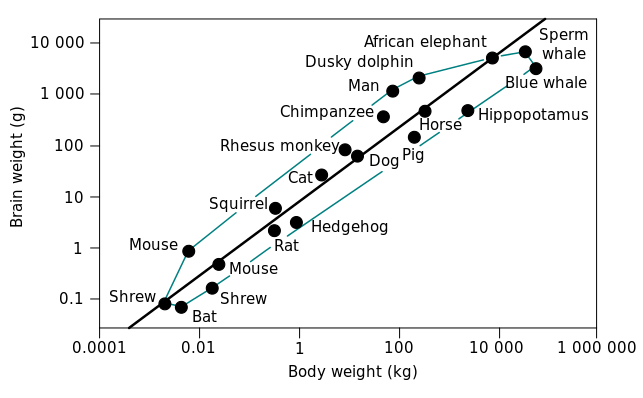Richard Dawkins made a convincing argument about the defining features of the Second Evolution. We will now demonstrate how the Third Evolution shares numerous characteristics with the Second Evolution. These include blindness, randomness, a digital base, uniqueness, diversity, the role of the environment and inheritance. Today, we will address the first three characteristics.
The Blindness
The evolution of life and the new third evolution serve no purpose. This was a devastating blow to the religions of the 19th century, as they had based their entire belief system on the existence of an omniscient supernatural being controlling everything on Earth. Darwin's Origin of Species was a significant blow to the idea that everything on Earth has a purpose. A bat is as useful as it is useless. It has no purpose. We are certain that the new evolution has no purpose. Let me be clear: no human being, nor any superbeing, is controlling the evolution carried by the human brain.
This notion is counterintuitive because we like to think we are in control. The directions and adaptations we see in living bodies and human brains seem clearly to have a purpose.
We assert that the majority of cultural evolution has occurred without any intent whatsoever. We will demonstrate this in future posts.
The Randomness
The randomness is at the heart of each of the three evolutions:
In the Universe, the fluctuations of the matter-energy density are produced during the inflation as Gaussian from quantum inherent noise. They will then grow linearly during the expansion of the Universe and eventually collapse when the Universe becomes transparent, and produce the large-scale Universe as we observe it today. So the initial conditions are random and, consequently, there are no twin galaxies in the Universe.
Each of the three evolutions is defined by randomness.
The fluctuations of the matter-energy density in the Universe are produced during inflation as Gaussian from quantum inherent noise. They will then grow linearly during the expansion of the Universe and eventually collapse when the Universe becomes transparent, producing the large-scale Universe as we observe it today. The initial conditions are random, so there are no twin galaxies in the Universe.
Biological evolution is also devoid of any intrinsic purpose. It is the relentless trial and error of genetics that has made life as we observe it today. The primary source of fluctuations in genetics is either cosmic rays or viruses. These rare failures of perfect reproduction from one genome to the next are the main source of genetic variation. Cosmic rays are the link between the randomness on Earth and space. Viruses are a unique and challenging entity for biologists to classify. They are clearly parasites with RNA, so they are part of the living "stuff". There are multiple sources of randomness at play here. The environment in which living organisms evolve (basically on Earth) is highly fluctuating and far from thermodynamic equilibrium. Other species influence a given species. They can make it thrive or they can make it die.
This essay puts forward the bold hypothesis that the source of new ideas is simply randomness in our brains. We can be sure that what comes out has been filtered by our sense of reason and emotions. But at the source of ideas, what else could be on the table but some random stroke of genius in isolated brains?
The digital base
The Mendeleev periodic table contains a definitive list of about a hundred different kinds of atoms that can exist in the Universe. That's all there is to it. Each atom has a given, discrete number of electrons. Hydrogen is number one. Helium two. Lithium is number three. And so on.
The genetic information is coded in the DNA, which is stored in the nucleus of almost all living cells. DNA is a long code made up of only four letters.
This is the basis of the Third Evolution. It is indisputable that the 6,000 languages spoken on Earth form part of the code through which information is transmitted between human beings. Languages are made up of a finite number of letters or ideograms. The simplicity of the building blocks allows for an infinite number of combinations.
Evolution can only work through discrete coding systems. This is the only way to avoid the inexorable averaging process, which is encoded in the Gaussian limit theorem.




